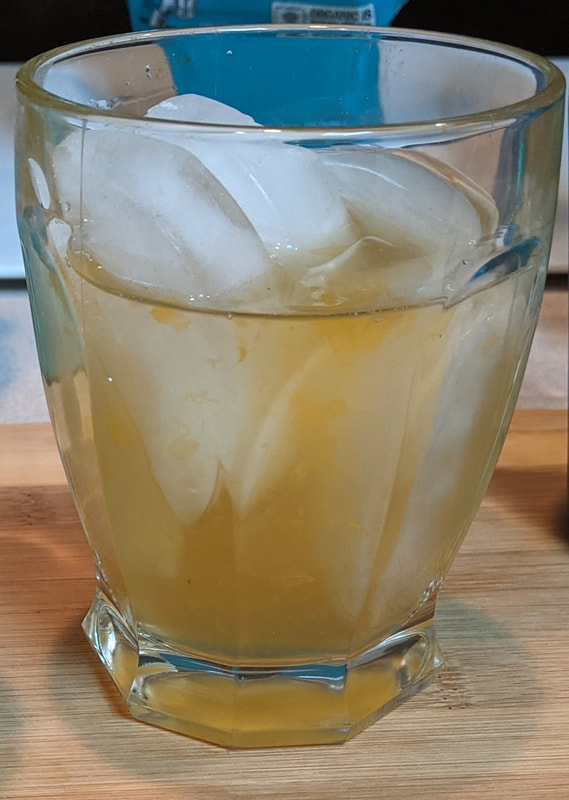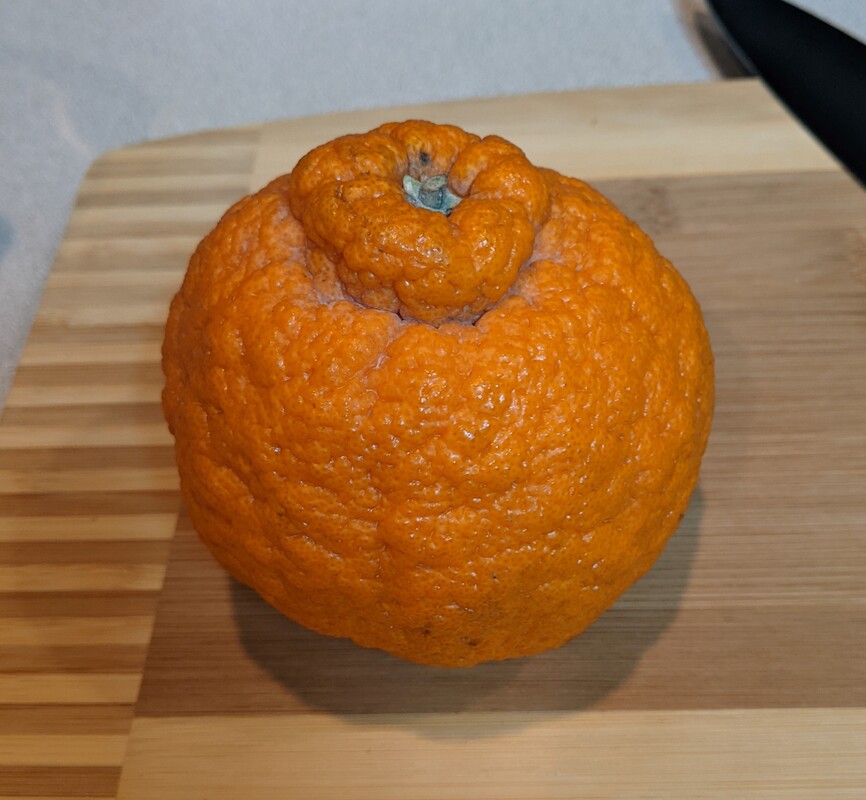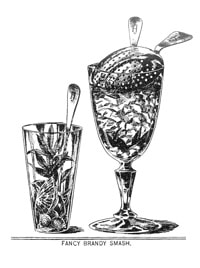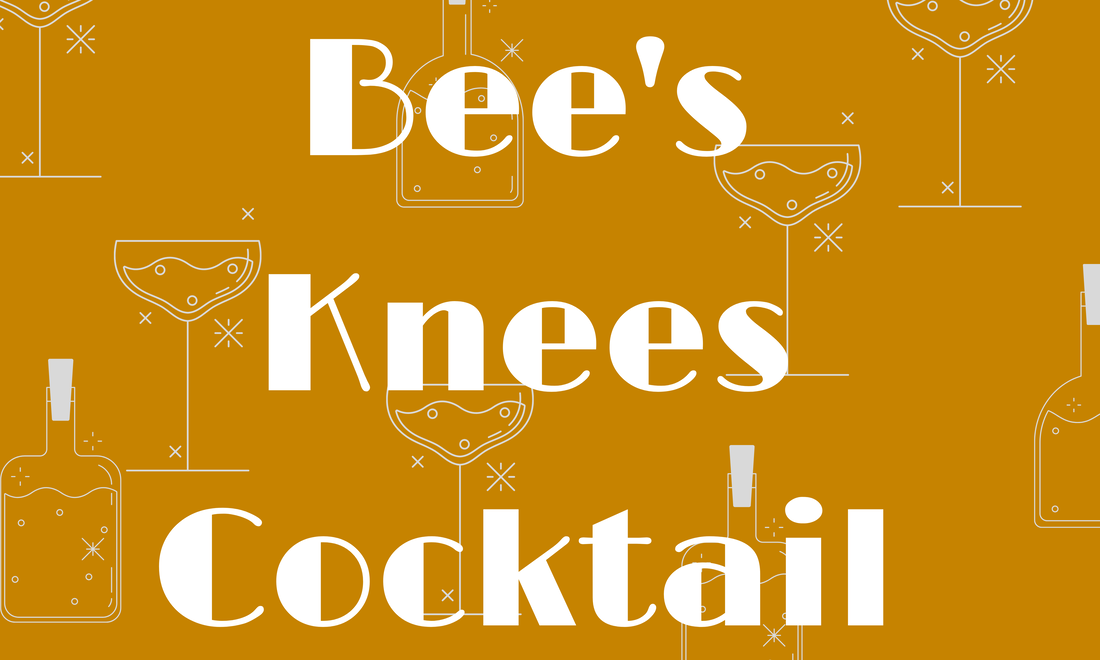|
I went into the grocery store and found this massive mandarin. Like, HUGE! They're called Sumo Mandarins in America, and Dekopon in Japan. It's about treble the size of a normal mandarin with a little bump on top. The fruit itself is soft, expensive (like $3.00+), and very yummy. It's a tad sweeter than a normal mandarin and is less acidic than an orange. It takes a tree around four years to produce any yield, and only one farmer grows them in America. I think they're not allowed to be imported into the country. I decided to use this for my smash. I knew that one sumo mandarin was about the equivalent of three normal mandarin, and adjusted my other ingredients accordingly. After I mixed the drink, it was easy to store over the next few days so I could have a smash as long as I wanted. Overall, it made about four drinks with a slightly heavy pour. History of the Smash
0 Comments
For all its simplicity, the origin of the Bee's Knees cocktail is murky. It was created some time during Prohibition and appeared in print after the repeal of the eighteenth amendment in 1933. Because of the secretive nature of drinking during Prohibition (in the States at least) it's not likely to pin down a date or creator. I've read that it was created in Paris at the Ritz by Frank Meier, or it was created by the Unsinkable Molly Brown of Titanic infamy, or came to be in an American speakeasy. Prohibition was ratified as the 18th Amendment to the U.S. Constitution in 1919, it outlawed the manufacturing, sale, import, and export of liquor for drinking purposes in the United States. People could get medicinal alcohol through their physicians, but otherwise they would have to enter a Speakeasy and drink illegally. Prohibition was repelled with the 21st Amendment in 1933. OriginsThe first known use of 'The Bee's Knees' was in 1921 as an idiom meaning someone or something excellent, perhaps from the idea that bee's carried honey in sacs on their legs. The actual cocktail is though to have been created in the middle of Prohibition but the first record of it comes from the 1934 Boothby anthology. Bill Boothby wrote a cocktail compendium (that can still be purchased) titled World Drinks and How to Mix Them. There is a thought from some historians/mixologists that the saccharine aspect to the drink was to hide inferior gin (or "bathtub" spirits). Prohibition meant that any alcohol created had to be industrial (which is used for perfume, inks, fuel, etc.). To deter bootleggers and adventurous dipsomaniacs, the Volstead Act was implemented, this was the impetus to allow enforcement of the 19th Amendment. Deterrents (denaturants) were added to industrial alcohol to make it undrinkable. These initiatives barely slowed bootleggers but it did cause a rise in tainted-alcohol induced death, as at least one third of all industrial alcohol created during Prohibition was thought to have been diverted for personal drink. A 1927 report from New York noted that of the half million gallons confiscated that year contained various forms of toxic additives. I'm reading a book about the way the New York Coroner's Office detected poisonings, and there is an entire chapter about wood alcohol (and other prohibition era related alcohol deaths). it's called The Poisoner's Handbook by Deborah Blum. PBS did a documentary on it as well. It's truly excellent. |
Archives
June 2024
Categories
All
|



